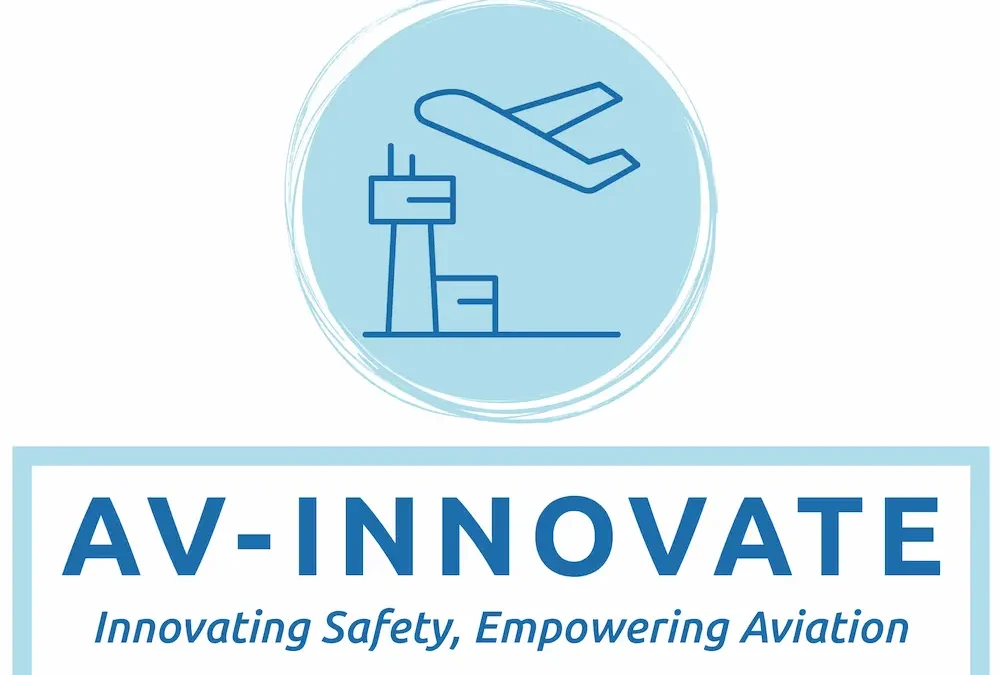In the realm of safety management, organizations have traditionally relied on top-down approaches to drive safety initiatives and protocols. However, there is growing recognition that inclusivity and bottom-up engagement play a pivotal role in achieving a comprehensive and effective safety culture. Let us explore the transformative impact of inclusivity on safety performance, focusing on how it addresses human performance limitations while striking a balance between safety and organizational objectives. By embracing inclusivity, organizations can create a culture where individuals feel valued, empowered, and motivated to prioritize safety in their daily activities.
The Power of Inclusivity
Inclusivity refers to the active involvement and contribution of individuals at all levels of an organization in safety-related matters. It recognizes that everyone, regardless of their position or role, has a unique perspective and valuable insights to offer. By embracing inclusivity, organizations can leverage the collective wisdom and diverse experiences of their workforce to identify and address potential safety risks, enhance safety performance, and achieve organizational objectives in a sustainable manner.
Balancing Human Performance Limitations
Human performance limitations are inherent, and individuals can make errors even with the best intentions. Inclusivity acknowledges these limitations and provides mechanisms to mitigate their impact on safety performance. By involving individuals in safety processes and decision-making, organizations tap into their knowledge, expertise, and situational awareness, which can help identify potential risks and develop effective safeguards. Inclusivity encourages open communication, enabling the identification of human factors that may contribute to errors, such as fatigue, stress, or inadequate training, and allows for targeted interventions to address these issues proactively.
Benefits of Inclusivity in Safety Performance
- Enhanced Risk Identification: Inclusive safety practices foster an environment where individuals feel empowered to speak up and report potential hazards or near misses. By actively involving all employees, organizations benefit from a broader and more diverse perspective on safety risks, leading to early detection, improved risk identification, and effective risk mitigation strategies.
- Improved Decision-Making: Inclusivity enables organizations to make better-informed decisions by incorporating a range of viewpoints. By engaging employees across different roles and levels, organizations gain access to valuable insights, expertise, and alternative perspectives that enhance the quality and effectiveness of safety-related decisions.
- Increased Ownership and Accountability: Inclusive safety practices instill a sense of ownership and accountability among employees. When individuals feel included and valued, they are more motivated to actively participate in safety initiatives, follow safety protocols, and take responsibility for their actions. Inclusivity cultivates a shared commitment to safety, reinforcing the notion that safety is everyone’s responsibility.
- Stronger Safety Culture: Inclusive safety practices create a culture where individuals feel psychologically safe to voice concerns, share suggestions, and actively engage in safety-related discussions. This fosters trust, collaboration, and continuous improvement, driving a positive safety culture throughout the organization.
- Alignment of Safety and Organizational Objectives: Inclusive safety practices help organizations strike a balance between safety and operational objectives. By involving individuals from different departments, including frontline workers, managers, and executives, organizations can identify innovative solutions that not only enhance safety performance but also support broader organizational goals.
Strategies for Embracing Inclusivity
- Establish Open Communication Channels: Create platforms for open dialogue, feedback, and reporting of safety concerns. Encourage individuals to share their perspectives, ideas, and suggestions for safety improvement without fear of retribution.
- Training and Education: Provide comprehensive safety training programs that equip employees with the knowledge and skills to identify hazards, understand safety protocols, and actively contribute to safety initiatives. Training should emphasize the importance of inclusivity and provide tools for effective communication and collaboration.
- Foster Collaboration and Cross-Functional Teams: Encourage cross-departmental collaboration and the formation of multidisciplinary teams to address safety challenges. By bringing together individuals with diverse expertise, organizations can leverage different perspectives and foster a holistic approach to safety.
- Recognize and Reward Contributions: Implement recognition and reward systems that acknowledge individuals’ contributions to safety. Celebrate success stories, innovative ideas, and proactive safety behaviors to reinforce the value of inclusivity and encourage continuous engagement.
In conclusion, inclusivity is a powerful driver of safety performance, enabling organizations to harness the collective intelligence and commitment of their workforce. By embracing inclusivity, organizations can overcome human performance limitations, balance safety and organizational objectives, and cultivate a culture where safety is a shared responsibility. The benefits of inclusivity extend beyond safety, positively impacting overall organizational performance and fostering a resilient and sustainable work environment. By championing inclusivity, leaders pave the way for a safer, more engaged, and successful organization.
Want to know how?
For more information, contact us on +2711 210 2163 or +27 83 706 8406 or www.av-innovate.com or sibusison@av-innovate.com
#aviation #avinnovateaviation #innovatingsafety #empoweringaviation
